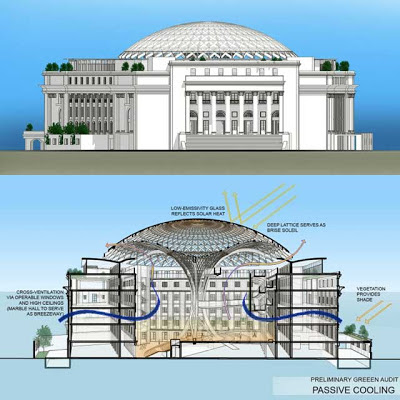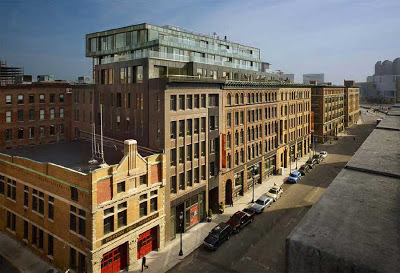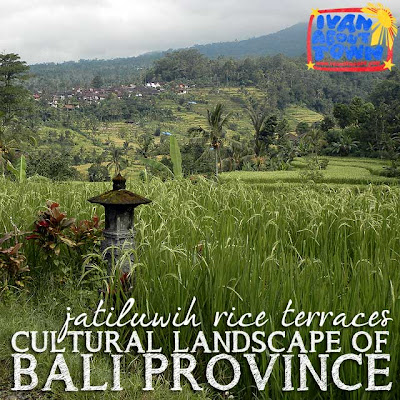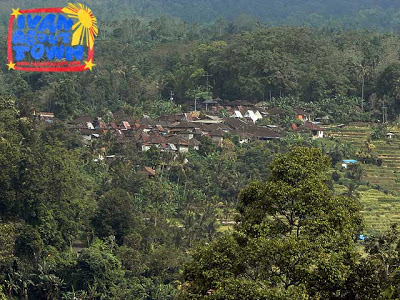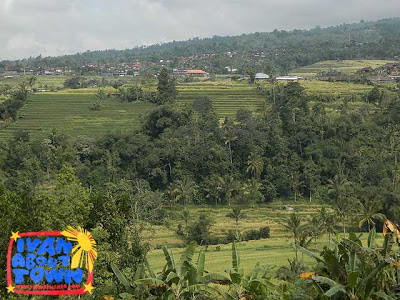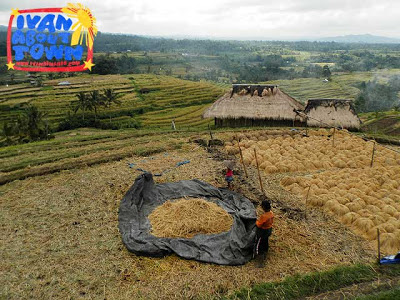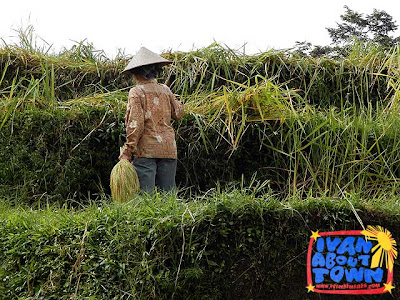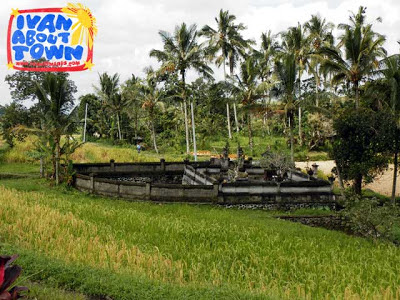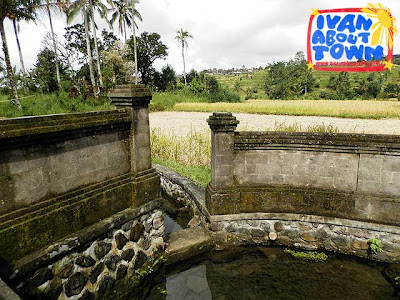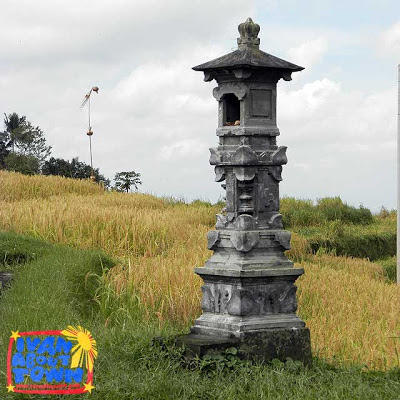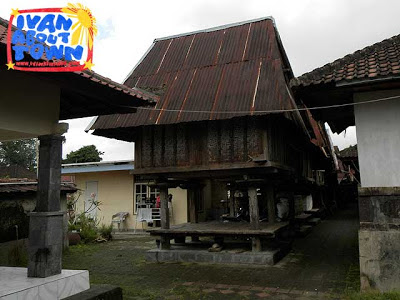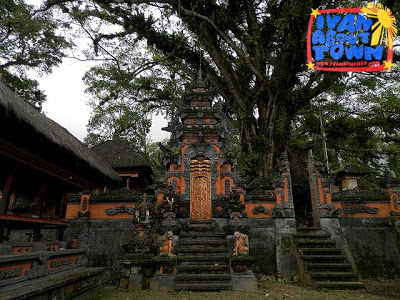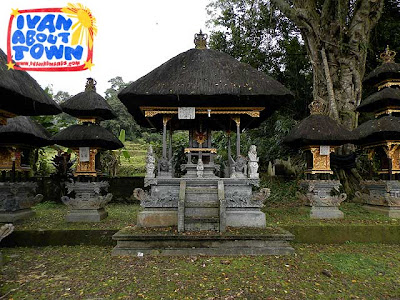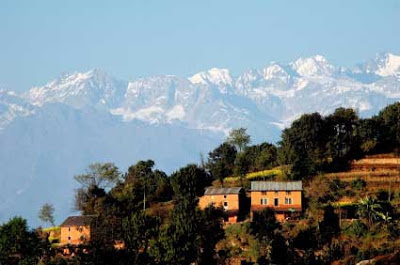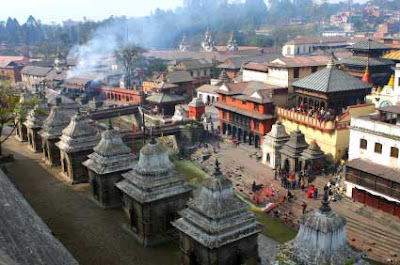Adaptive reuse is a creative mode of conservation that gives heritage structures new and alternative functions other than the original ones that may no longer be required. Most often than not, built heritage resources are found on premium real estate property so developers are in a hurry to demolish rather than restore and recycle. Today, there is a growing awareness that adaptive reuse can enhance property value.
 |
| A stylized DNA double helix is the focus of the glass-covered central courtyard, the symbolic center of the new Museum of Natural History (Photo from National Museum) |
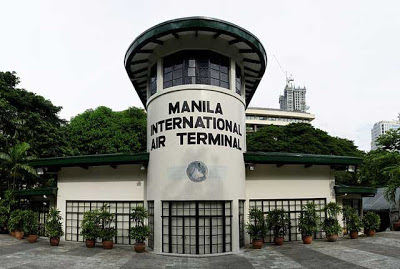 |
| Nielson Tower was the former Manila International Air Terminal. The first flight of Philippine Airlines took off from here (Photo from Wikipedia uploaded by user Christopher Rath) |
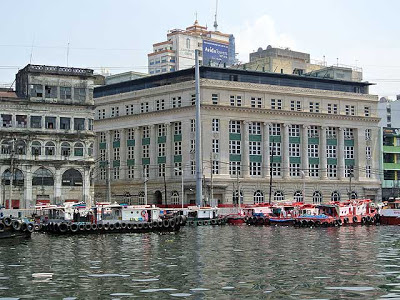 |
| Juan Luna E-Service Building (Photo from Augusto Villalon) |
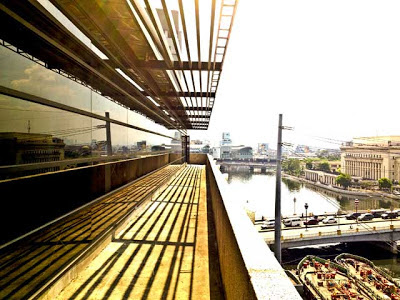 |
| A close-up of the additional floor of the Juan Luna E-Service Building (Photo from Augusto Villalon) |
In many countries, like Australia, demolition of heritage structures is considered wasteful. The Department of the Environment and Heritage of Australia says, “Sustainable development has become a goal for all Australian governments seeking to balance the health of the environment with the health of the economy. The predominant vision of a sustainable built future is of state of the art buildings utilising energy efficient design and materials. In reality, this vision should consider the 200 years of European built heritage that stands in tandem with the green structures we rightly seek to create.
“The built environment provides a footnote to our histories, helping to identify our places as Australian, rather than generically ‘modern’ or ‘contemporary’. Historic buildings give us a glimpse of our past and lend character to our communities as well as serving practical purposes now.
“In the pursuit of sustainable development, communities have much to gain from adaptively reusing historic buildings.
“Bypassing the wasteful process of demolition and reconstruction alone sells the environmental benefits of adaptive reuse. Environmental benefits, combined with energy savings and the social advantage of recycling a valued heritage place make adaptive reuse of historic buildings an essential component of sustainable development.”
Download a copy of the publication Adaptive Reuse: Preserving our past, building our future for more information and inspiration.
Another Australian publication featuring adaptive reuse comes from the State Heritage Office of the Government of Western Australia. You can download a copy of Heritage in Action: Adaptive Reuse for even more intelligent examples.
 |
| Pratt Street Power Planet (Photo from Wikipedia uploaded by user Andrew Horne) |
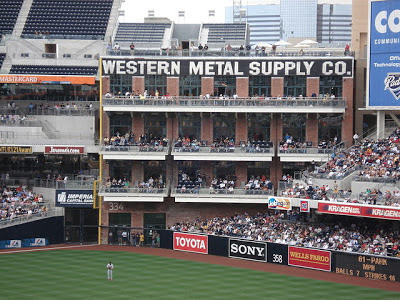 |
| Western Metal Supply Company (Photo from Wikipedia uploaded by user UCinternational) |
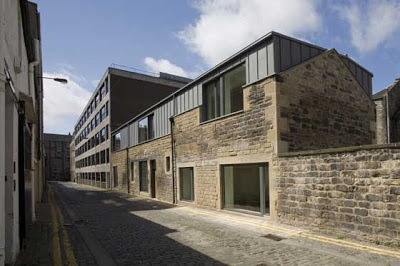 |
| Young Street Lane Offices by Malcolm Fraser Architects is located in a mews street in Edinburgh’s original New Town (Photo by David Cemry) |
Fort Point Loft Condominiums in Boston, Massachusetts which was among the winners of the American Institute of Architects (AIA) 2009 Housing Awards. The three floors that were added was set back so you don't see them at street level. Plus the new building they constructed followed the scale and proportions of the two older buildings. Another AIA honoree is the Ford Assembly Plant which was among the recipients of the 2011 Institute Honor Awards.
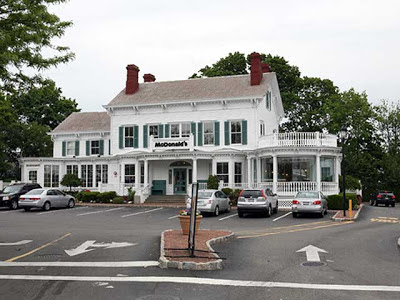 |
| McDonald's New Hyde Park (Photo from ScoutingNY.com) |
In Ontario, Canada, Does Adaptive Reuse Pay? A Study of the Business of Building Renovation in Ontario, Canada was written by Robert Shipley, Steve Utz and Michael Parsons. They note, “Older buildings are important aesthetic, cultural and economic resources but in many jurisdictions hundreds of historic buildings have been demolished because developers and bankers argued that the cost of adapting them for new uses is too high. Still, a growing number of reputable developers are completing exciting projects featuring innovative building renovation.” The writers add, “In Ontario, Canada, there exists a group of dynamic and creative investors with a passion for older buildings. Some reuse projects are more costly than new building but not all and the return on investment for heritage development is almost always higher. This has important implications in Ontario where recent legislative changes have finally given local councils the authority to prevent the demolition of listed buildings, but the lessons for other jurisdictions are also important.”
 |
| Tutuban Centermall (Photo from Wikipedia uploaded by user Spatrol) |
 |
| RCBC Silay City |
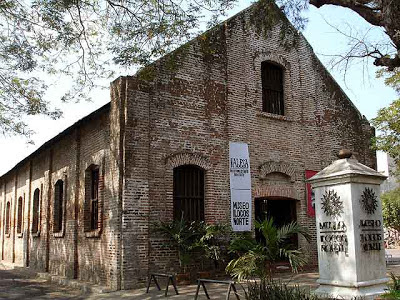 |
| Museo Ilocos Norte |
Heritage Conservation Summit 2013: Heritage and Real Estate Development
Heritage advocates, property owners, real estate and mall developers, cultural workers and government agencies will gather on November 9, 2013 for the Heritage Conservation Summit 2013. This year's theme is Heritage and Real Estate Development where discussions will revolve on how built heritage can enhance real estate and mall developments. Mark your calendars! Venue to be announced next month.


